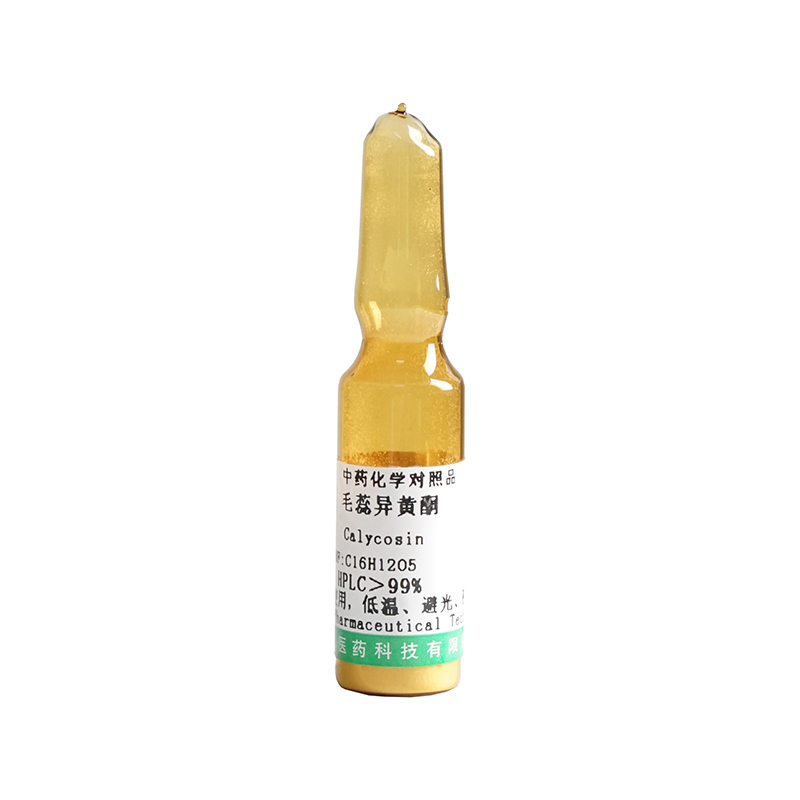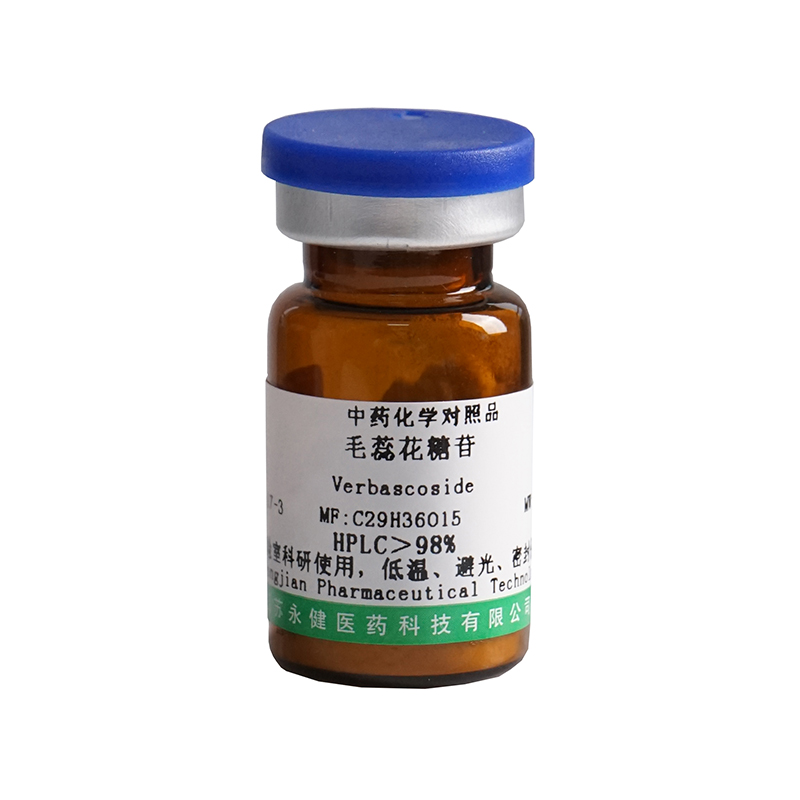Kaempferide Cas No. 491-54-3
Essential Information
Cas No: 491-54-3
Density: 1.5 ± 0.1 g / cm3
Boiling point: 543.8 ± 50.0 ° C at 760 mmHg
Melting Point: 156-157 º C (lit.)
Molecular Formula: C16H12O6
Molecular Weight: 300.263
Flash Point: 207.1 ± 23.6 ° C
Exact Mass: 300.063385
PSA: 100.13000, logP: 2.74
Vapor Pressure: 0.0 ± 1.5 mmHg at 25 ° C
Refractive Index: 1.710
Storage Conditions: 2-8 ° C
Molecular Structure
Molar refractive index: 76.232
Molar volume: (cm3 / mol): 195.13
Isotonic specific volume (90.2k): 578.04
Surface tension (dyne / cm): 77.05
Polarizability (10-24cm3): 30.22
Computational Chemistry
1. Reference value for hydrophobic parameter calculation (xlogp): None
2. Number of hydrogen bond donors: 3
3. Number of hydrogen bond receptors: 6
4. Number of rotatable chemical bonds: 2
5. Number of tautomers: 24
6. Topological molecular polarity surface area 96.2
7. Number of heavy atoms: 22
8. Surface charge: 0
9. Complexity: 465
10. Number of isotopic atoms: 0
11. Determine the number of atomic stereocenters: 0
12. Number of uncertain atomic stereocenters: 0
13. Determine the number of chemical bond stereocenters: 0
14. Number of indeterminate chemical bond stereocenters: 0
15. Number of covalent bond units: 1









